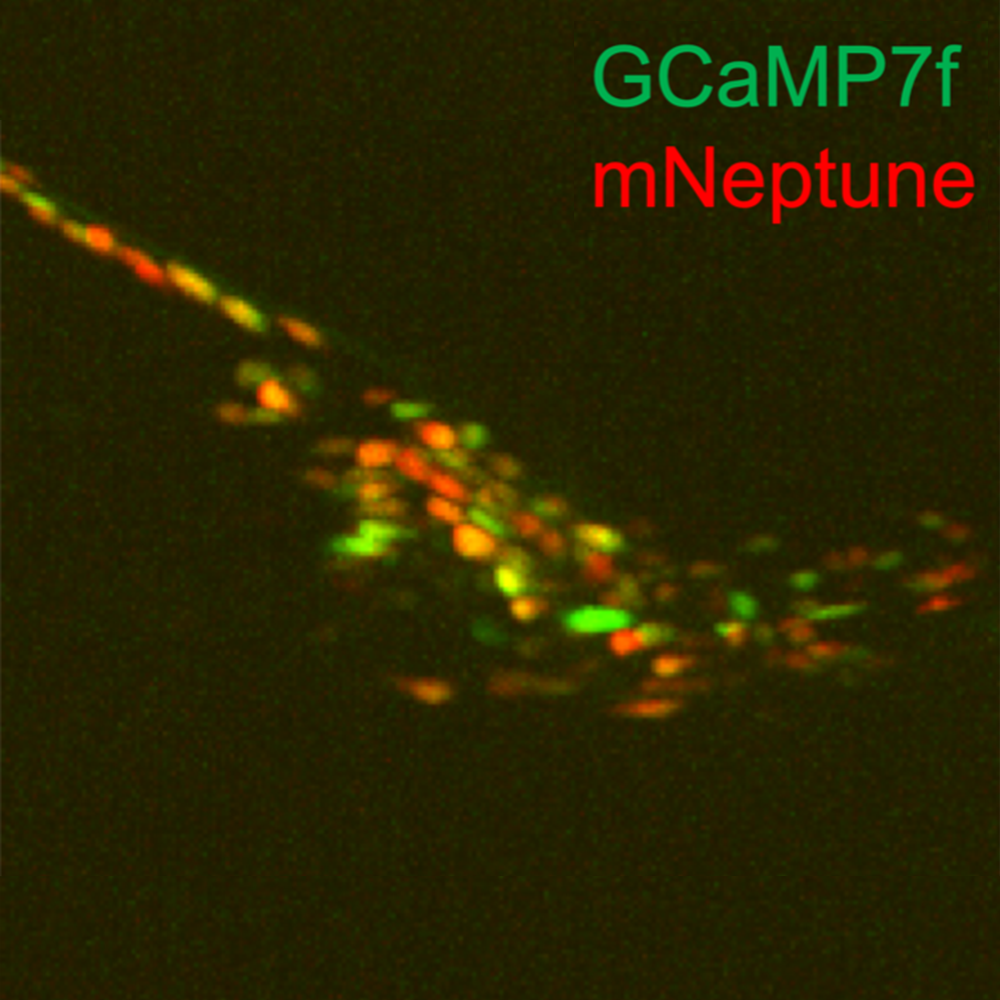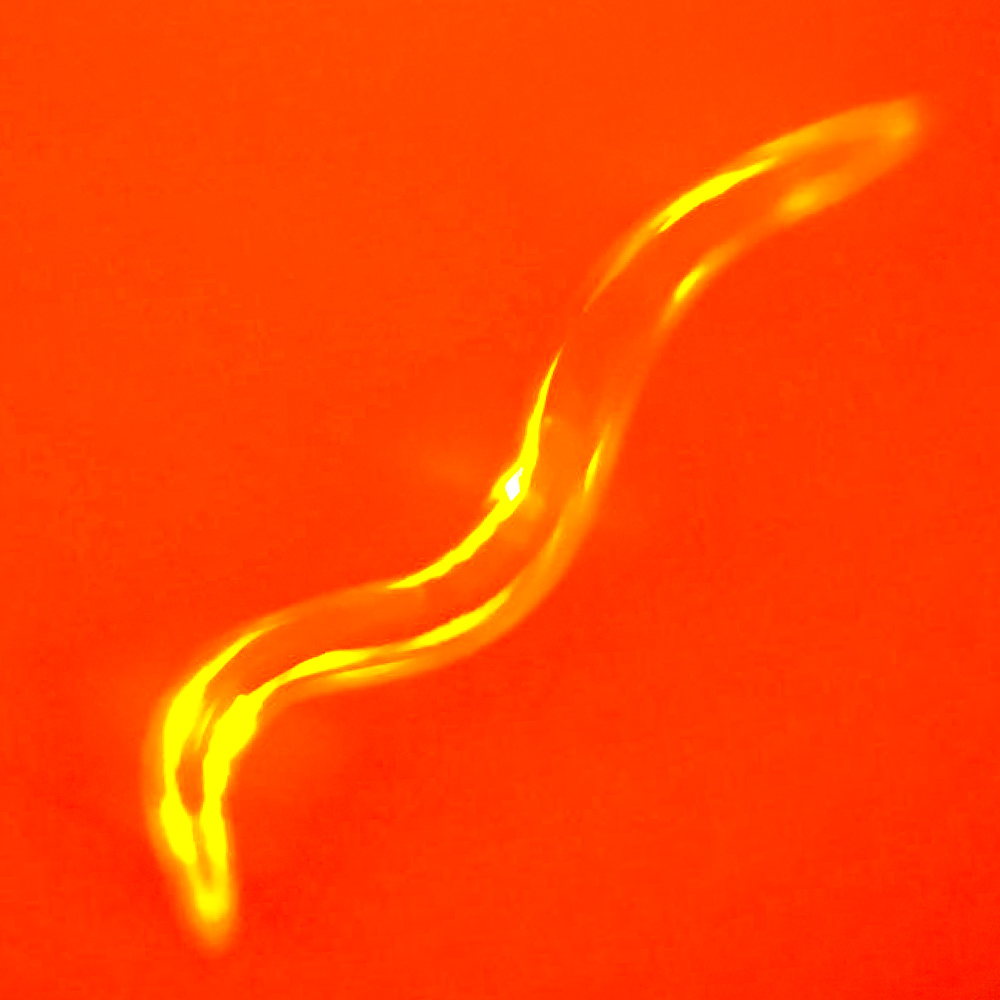Research
Our goal is to understand how neural circuits generate sustained behavioral states, and how physiological and environmental information is integrated into these circuits.
Action potentials and synaptic transmission occur over milliseconds, yet the brain generates behaviors that can last seconds to hours. How do neural circuits generate coherent behavioral outputs across a wide range of time scales? What are the neural mechanisms that allow circuits to generate long-lasting behavioral states? And how do physiological and sensory cues alter the outputs of the neural circuits that control these states?
In examining these questions, we utilize the nervous system of C. elegans, which is a simple, well-defined model system: it contains exactly 302 neurons, every neuron can be reproducibly identified in every animal, and a complete connectome has defined all of the synaptic contacts between these neurons. A variety of precise genetic tools also allows us to manipulate each neuron within this system. By combining these genetic tools with quantitative behavioral analyses, in vivo calcium imaging, and optogenetics, we map out neural circuits that generate behavioral states and aim to decipher the mechanisms that allow these circuits to generate long-lasting behavioral outputs.
Active Projects
Building brain-wide maps of how neurons encode behavior
How do neurons across the brain of an animal encode its behavior and its internal states? We aim to use brain-wide recording technologies and computational modeling to answer these key questions.
Techniques employed include:
- Brain-wide calcium imaging in freely-moving animals
- Building encoding and decoding models that relate neural activity to behavior
- Machine learning tools for image analysis and neural modeling
- Neural activation and silencing to test predictions
Neuromodulatory control of circuit-wide neuronal dynamics
What circuit-wide patterns of neural activity define distinct behavioral states? We aim to understand how neuromodulators, like serotonin, coordinate neural activity throughout circuits to generate stable behavioral states.
Techniques employed include:
- Circuit-wide calcium imaging in freely-moving animals,
- Optogenetics,
- Mutant analysis,
- Quantitative behavioral analysis.
Neural detection of feeding and satiety
We aim to identify novel molecular pathways that allow neurons to monitor food intake and orchestrate adaptive behaviors.
Techniques employed include:
- Gene expression profiling,
- Behavioral analysis,
- Optogenetics,
- in vivo calcium imaging,
- CRISPR/Cas9-mediated strain generation.




